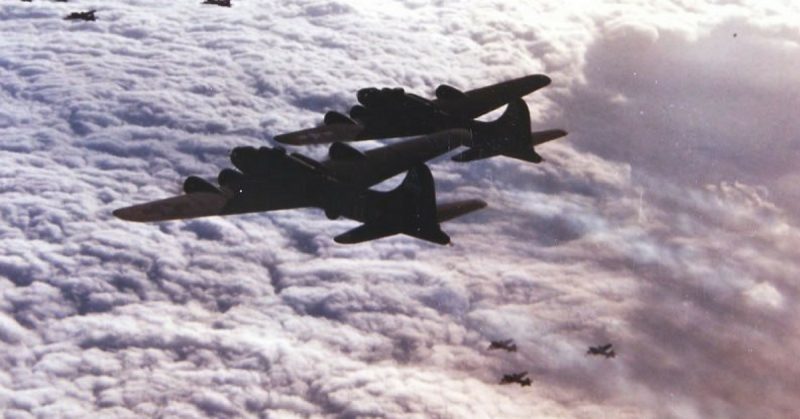George Starks was nineteen when he pinned on his pilot’s wings and learned to fly the Flying Fortress. Then he was off to Pyote, Texas, where he would meet his crew to start training to fly bombing missions over Europe.
Two or three days after landing, his future squad-mates arrived in Pyote, fresh from training for each individual station within the bomber. Even as they engaged in summary and rote introductions, each interaction carried the gravity of history. Within 48-hours, the nine-man squad would play a crucial role in George’s life.
But calling these nine individuals men was a bit of a stretch. Bob Williams, the radio operator, Irv Baum, the bombardier, Bill Wyatt, the ball turret gunner, and Starks himself were all nineteen. The engineer, Don Edgerly, was twenty-one, Starks’ co-pilot “Willy” Wilson, Andy Brenden who manned the waist gun, and Dick Morse, who manned the tail gun, were either twenty-three or twenty-four. Only Wally Trinder, who manned the other waist gun, was older. He was twenty-seven and his age earned him the nickname “Pops.”
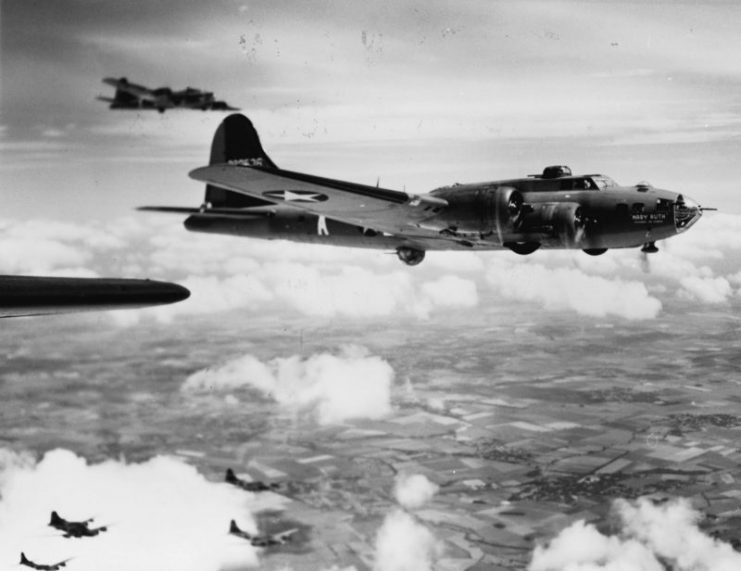
They were nine guys from all over the country with different backgrounds and family circumstances, but they gelled immediately, forming the kind of fraternal relationship built on admiration and respect that lasts a lifetime. The morning they were to fly out as a crew for the first time they ferried out to the plane on trucks and gathered around in a semi-circle.
It was chilly, but they were nervous. They were united in their desire to have it go smoothly. And then they boarded the legendary B-17 Flying Fortress and taxied the bomber out onto the runway, revved up the engines and took off into history.
All of their various talents and hours of instruction were tested on that run. Starks was the captain, but they all worked together as a unit. Even so, whenever they called Starks on the intercom, they always addressed him as “Capt’n.” He would never forget the sound of that call.
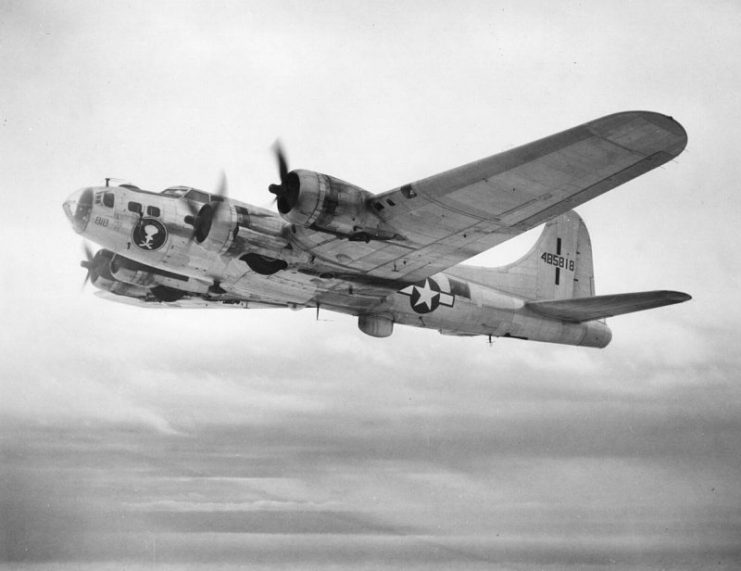
Over time, the team kept an excellent record in all areas of their performance, even to the point of being assigned lead crew in flying formations. But for Starks, there were a number of standout missions – like the training mission where they were flying on three engines because the oil pressure in his number one engine tanked.
He signaled the situation on approach to the tower and inquired about an emergency landing, or whether or not they should just complete the mission on three engines. The tower reported back that he should bring the airplane in, recognizing him by the first name.
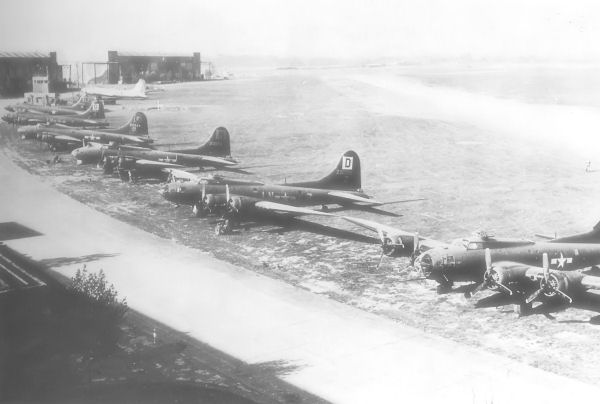
Years later, his crew started to pass away. “Pops” went first in the late 1970s, followed by Starks’ co-pilot, Willy Wilson. He held his first crew reunion at his house in Orlando in 1988, having kept in touch with everybody via phone and letters, but it was the first time they had actually seen each other since the war.
They spent their time together studying maps of France and retracing their steps, including when they were shot down on March 16th, 1944, during a bombing mission in Germany.
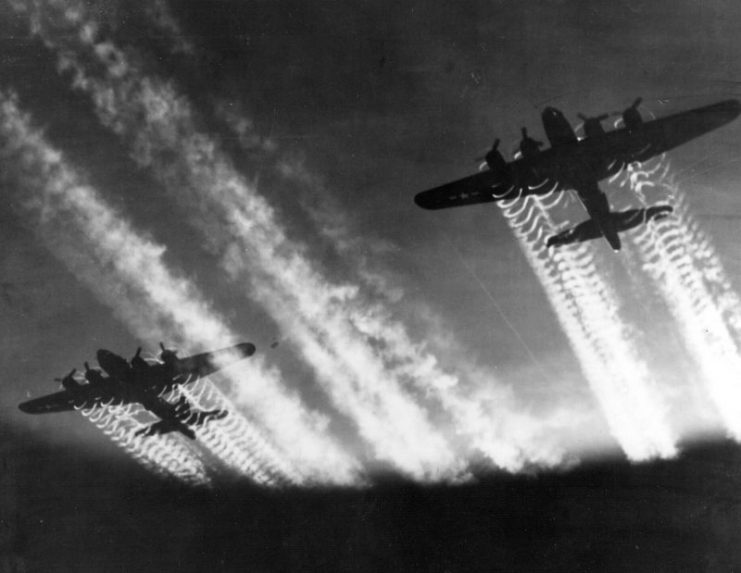
Starks thinks of it as the most terrifying day of their lives, at least up to that point. The ten-man team had no idea what may lay ahead for them in Nazi-occupied France, and what they may be forced to suffer through in the unknown days, weeks and maybe even years ahead.
Only years later could they share their experiences, and Starks feels that words fail to express his gratitude that he and his team were able to survive that ordeal.
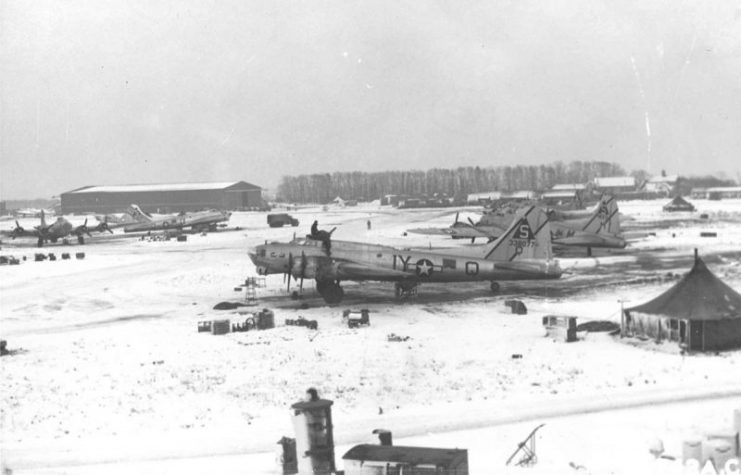
Now Starks is the last remaining member of their crew and wrote the book Coffin Corner Boys: One Bomber, Ten Men, and Their Harrowing Escape from Nazi-Occupied France to honor not only their memory but the memory of all the B-17 crews.
That being said, he thinks of his lost friends as the greatest men he’d ever known, and admits to having been so blessed as to have been called their “Capt’n.”
